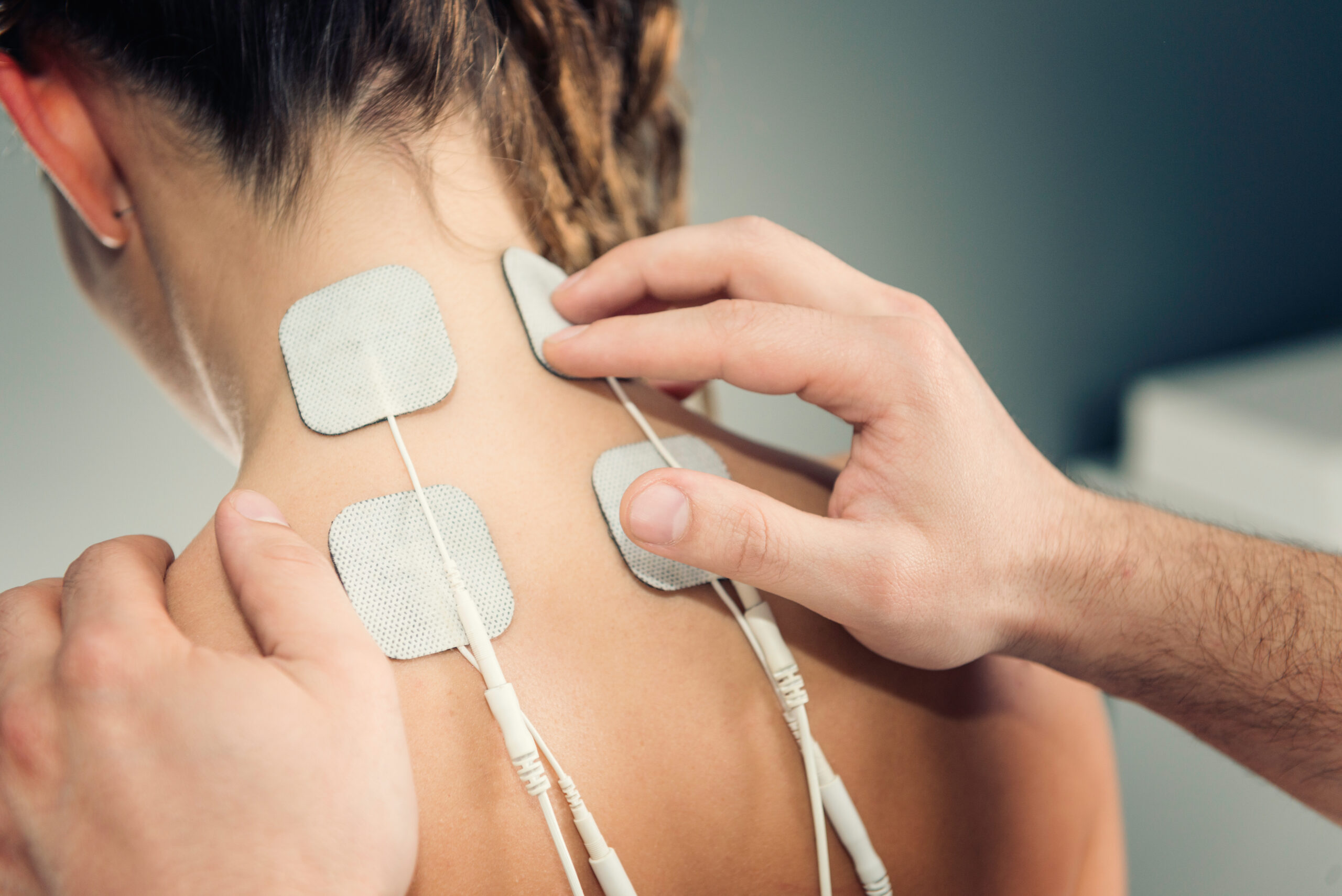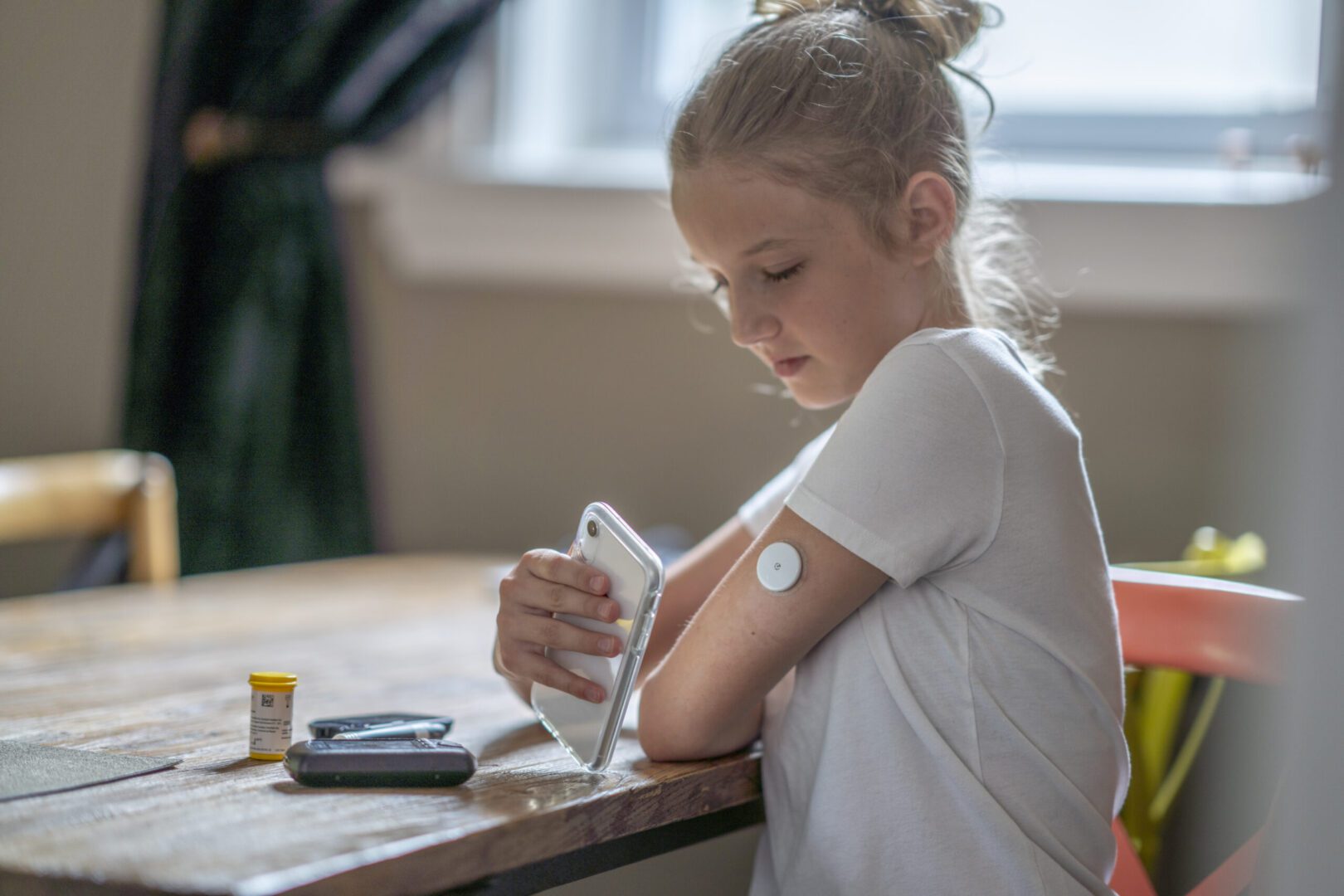Understanding different types of medical devices and the product make-up is crucial, because it ensures that the design, functionality, and safety of the device align with clinical needs and regulatory requirements. By comprehending the specific needs and constraints associated with various types of medical devices, such as diagnostic tools, therapeutic instruments, or monitoring systems, engineers and product developers can create cutting-edge solutions that can revolutionize the medical industry and effectively address real-world medical challenges.
This knowledge will enable product development by incorporating appropriate materials, integrating necessary technologies, and designing interfaces that meet user expectations while ensuring compatibility with existing medical systems and workflows.
So let’s get you in the know. Take a deep dive into the various aspects of medical devices.
What is a medical device?
A medical device is an instrument, apparatus, implement, machine, or software that is used for diagnosing, treating, monitoring, or preventing medical conditions. These devices range from simple items like thermometers and bandages to complex machinery such as MRI machines and robotic surgical systems. They are essential tools in healthcare, helping to enhance the quality of patient care by providing accurate diagnostics, effective treatments, and ongoing monitoring of various health conditions. Medical devices are designed to interact with the human body or its fluids to achieve specific health-related outcomes.
Medical devices are regulated by governmental agencies to ensure their safety and efficacy. In the United States, for instance, the Food and Drug Administration (FDA) oversees their approval and monitoring. Devices are classified into different categories based on their complexity and risk levels, with rigorous testing and validation required for each class. The development and use of medical devices involve a multidisciplinary approach, including engineering, clinical practice, and regulatory compliance, to ensure that they meet the necessary standards for patient safety and effectiveness.
Medical Device Types & Categories
Medical device types are categorized based on their intended use, complexity, and the level of risk they pose to patients. While classification systems can vary by country, the following categories are commonly used:
- Diagnostic Devices: These are used to detect and diagnose medical conditions.
- Therapeutic Devices: Designed to treat or manage medical conditions.
- Monitoring Devices: Used to continuously or periodically monitor a patient’s health status.
- Assistive Devices: These aid individuals with disabilities or mobility issues.
- Preventive Devices: Intended to prevent the onset of disease or injury. Examples include:
- In vitro Diagnostic Devices (IVDs): Used outside the body to examine specimens like blood or urine.
Each category encompasses a range of devices tailored to specific medical needs, helping to improve patient outcomes and facilitate effective healthcare delivery.
What are examples of medical devices?
Within each category, there are specific medical devices.
Examples of medical devices include:
- Imaging Equipment: MRI machines, X-ray systems, ultrasound machines.
- Diagnostic Tests: Blood glucose meters, home pregnancy tests, and various lab testing devices.
- Surgical Instruments: Scalpels, forceps, and surgical lasers.
- Implants: Pacemakers, artificial joints, and dental implants.
- Medication Delivery Systems: Insulin pumps, nebulizers, and infusion pumps.
- Vital Signs Monitors: Devices that track heart rate, blood pressure, and respiratory rate.
- Wearable Monitors: Continuous glucose monitors (CGMs) and heart rate monitors.
- Prosthetics: Artificial limbs and limbs.
- Orthotics: Braces and supports for joints and muscles.
- Hearing Aids: Devices that enhance hearing for individuals with hearing loss.
- Contraceptive Devices: Intrauterine devices (IUDs) and contraceptive patches.
- Protective Gear: Masks and gloves used in healthcare settings.
- Lab Analyzers: Instruments for analyzing blood samples and other bodily fluids.
- Home Testing Kits: For cholesterol, pregnancy, and other health indicators.
Each type of medical device serves a specific function and is subject to different regulatory standards to ensure safety and effectiveness.
How are medical devices classified?
Medical devices are classified based on their intended use, risk to patients, and complexity. This classification helps ensure that devices are subject to appropriate regulatory controls and safety standards. The classification systems may vary by country, but the general principles are similar.
Here’s an overview of how medical devices are typically classified:
1. Risk-Based Classification
Class I (Low Risk): These devices are considered to have minimal risk to patients and typically require the least regulatory control. Examples include:
- Bandages
- Manual stethoscopes
- Tongue depressors
Class II (Moderate Risk): These devices pose a moderate risk and often require additional controls to ensure safety and effectiveness. Examples include:
- Infusion pumps
- X-ray machines
- Diagnostic tests for glucose levels
Class III (High Risk): These devices present a high risk to patients and generally require extensive regulatory scrutiny and clinical testing before approval. Examples include:
- Pacemakers
- Heart valves
- Neurostimulators
2. Intended Use and Duration of Contact
Transient Use: Devices that contact the body for a short period (less than 24 hours). Examples include:
- Disposable gloves
- Catheters for short-term use
Short-Term Use: Devices that remain in contact with the body for a period of 24 hours to 30 days. Examples include:
- Urinary catheters
- Wound dressings
Long-Term Use: Devices that are intended for contact with the body for more than 30 days. Examples include:
- Implantable devices like orthopedic implants
- Long-term intravenous catheters
3. Functional Classification
Diagnostic Devices: Designed to diagnose medical conditions, such as imaging systems and laboratory test kits.
Therapeutic Devices: Used for treatment or management of medical conditions, including surgical instruments, implants, and drug delivery systems.
Monitoring Devices: Continuously or periodically track a patient’s health status, such as heart monitors and glucose sensors.
Assistive Devices: Aid individuals with disabilities or mobility issues, including prosthetics and hearing aids.
4. Regulatory Classification Systems
Different countries have their own regulatory classification systems. For example:
- United States: The FDA classifies devices into Class I, II, and III based on risk.
- European Union: Devices are classified into Class I, IIa, IIb, and III under the MDR (Medical Device Regulation), with the classification dependent on risk and complexity.
This classification system helps regulatory agencies determine the appropriate level of oversight needed for each device to ensure it is safe and effective for its intended use.
Medical Device Components
Medical devices are composed of various components that work together to perform their intended functions. The specific components can vary widely depending on the type and complexity of the device. Medical devices typically consist of several key components that work together to perform various functions.
- At the core, the structural components provide the framework and protection for the device; this includes the housing or casing, often made from durable materials like plastic or metal, and support frames in devices such as prosthetics.
- The functional components are crucial, encompassing sensors that measure physiological parameters, actuators that perform mechanical actions, and electronics such as microcontrollers and circuit boards that manage device operations.
- For many medical devices, a power supply is essential, which can include batteries for portability or power adapters for devices requiring external power sources.
- The user interface components, including displays and controls, allow for interaction with the device, enabling users to operate or adjust settings.
- Data transmission and connectivity components, such as communication modules and data storage, facilitate the exchange of information and integration with other systems.
- Adhesives and fasteners are used to attach the medical device securely to the patient or to hold parts of the device together.
- Finally, software elements, including firmware and application software, are integral for controlling the device’s functions and providing user-facing features.
Together, these components ensure that medical devices are effective, reliable, and safe for their intended medical applications.
Get a Custom Medical Device Adhesive Created for Your New Product
At The Tape Lab, we’re not just manufacturing adhesives and other flexible medical materials; we’re crafting partnerships to bring your custom innovations to life. We design, manufacture, and transform adhesives for your personalized medical solution.
Already have an idea of what you need? Request a quick quote
Want to pick the brain of an adhesive engineer to figure out how we can help?

